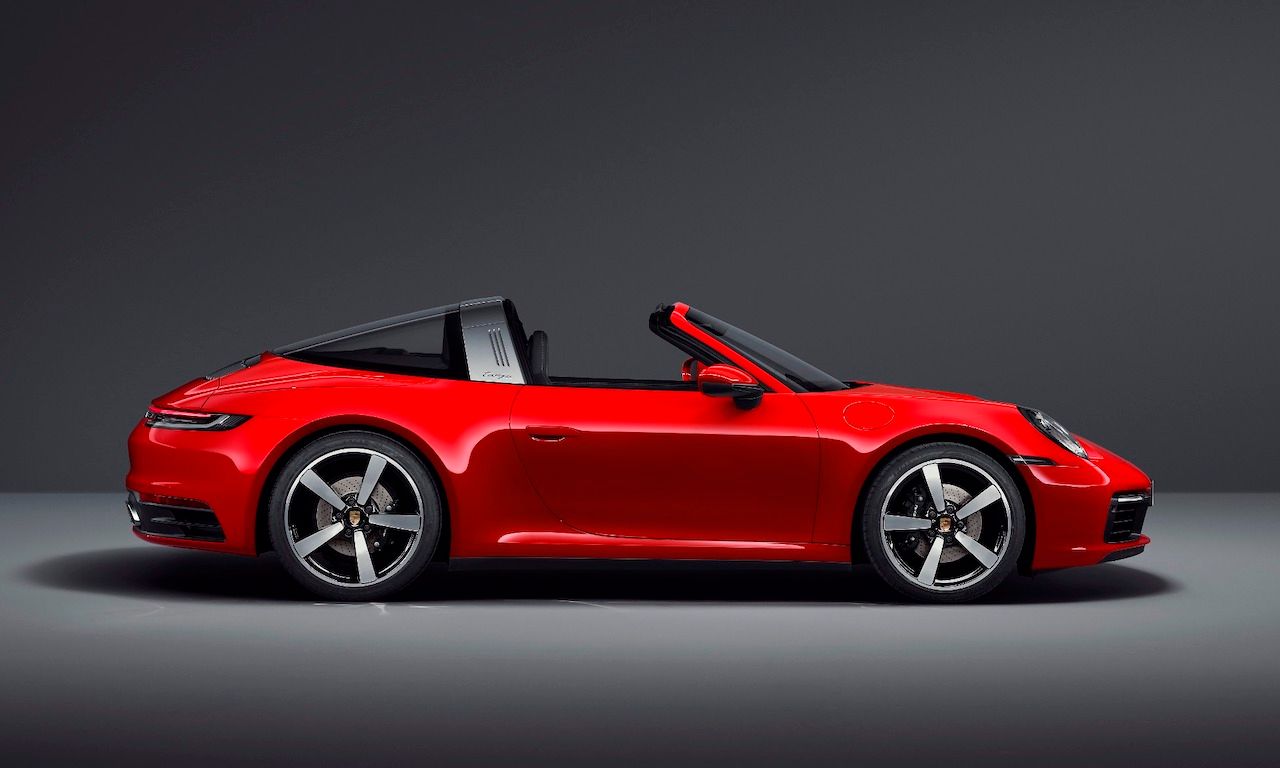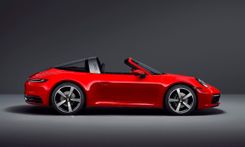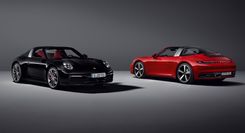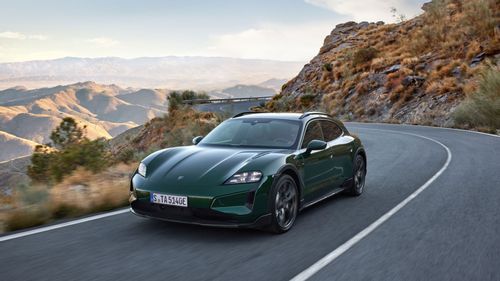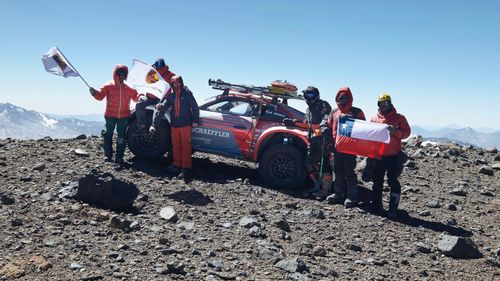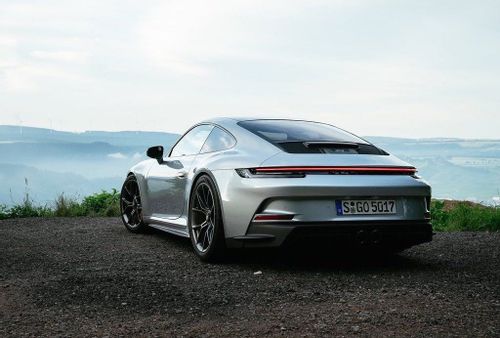Porsche 911 Targa
Hot on the heels of the 911 Turbo, Porsche has lifted the lid on its latest 911 Targa.
The 911 Targa’s story dates back to 1965 when it was lauded as being a trailblazer for a whole new type of sports car. When it debuted, it was originally marketed as a "safety cabriolet with anti-roll bar". But thanks to its detachable roof, the stylish 911 Targa went onto became a unique style icon, because it married the advantages of open-top driving in a cabriolet combined with the everyday comfort and safety of a coupe – something that has been retained to present day.
No doubt, its most distinguishing feature remains its innovative, fully automatic roof system and, just like the legendary original Targa model from 1965, it features a characteristic wide roll hoop, a movable roof section above the front seats and a wraparound rear window. The roof can be comfortably opened and closed in just 19 seconds.
Aside for its unique roof, the exterior of the 911 Targa is styled to replicate that of the latest 992 models. Compared to its predecessors, its body features significantly more pronounced wheel arches at the front and, between its LED headlights, its bonnet has a distinctive recess evoking the design of the first 911 generations. Its rear is dominated by its wider, variably extending rear spoiler and seamlessly integrated, elegant light bar. With the exception of the front and rear sections, the entire outer skin is made from lightweight aluminium.
The interior draws inspiration from 911s from the 1970s, and like the 911 Carrera models, are characterized by the clear and straight lines of its dashboard and its recessed instruments. A compact switch unit with five buttons for direct access to important vehicle functions is located below the 10.9-inch centre screen of the Porsche Communication Management (PCM). The standard PCM features include online navigation based on swarm data as well as Connect Plus with Apple Car Play.
A twin-turbocharged 3.0-litre six-cylinder boxer motor is the only engine available, but in the Targa 4, produces 283kw and 450nm, whilst in the Targa 4S makes 331kw and 530nm. The Targa 4 is capable of 0-100kph in 4.2 seconds a top speed of 289kph, whilst the Targa 4S hits back with a 3.6-second 0-100kph sprint and a 304kph top speed. Both sports cars are fitted with eight-speed dual-clutch transmission (PDK) and intelligent all-wheel drive Porsche Traction Management (PTM) as standard to deliver maximum driving pleasure. Alternatively, the 911 Targa 4S can be ordered with the newly developed seven-speed manual gearbox, with which the Sport Chrono package is included.
The 911 Targa 4 will run on 235/40 ZR tyres on 19-inch alloy wheels on the front axle and 295/35 ZR tyres on 20-inch wheels on the rear axle. As standard, the 4S model is fitted with 245/35 ZR tyres on its 20-inch front wheels and 305/30 ZR tyres on its 21-inch rears. On the Targa 4, brake discs measuring 330-millimetre on both axles are paired with four-piston monobloc fixed callipers. The red-painted brake callipers on the Targa 4S have six pistons at the front axle, four at the rear while its discs measure 350 mm front and rear. The Porsche Ceramic Composite Brake (PCCB) can be ordered as an option.
New technology has also been integrated to extend the range of features for both 911 models and, for the first time, Porsche InnoDrive, which includes adaptive cruise control, is available. Thanks to the enhanced Smartlift function, ground clearance can be programmed so that it is raised for everyday use. The list of options is supplemented by an extensive range from Porsche Tequipment and new personalization options from Porsche Exclusive Manufaktur. Porsche will further extend the combination of traditional style elements, timeless design and cutting-edge technology in a special edition of the 911 Targa, which is scheduled to make its debut in June.
Expect pricing and final specification for South Africa to be announced in due course.
